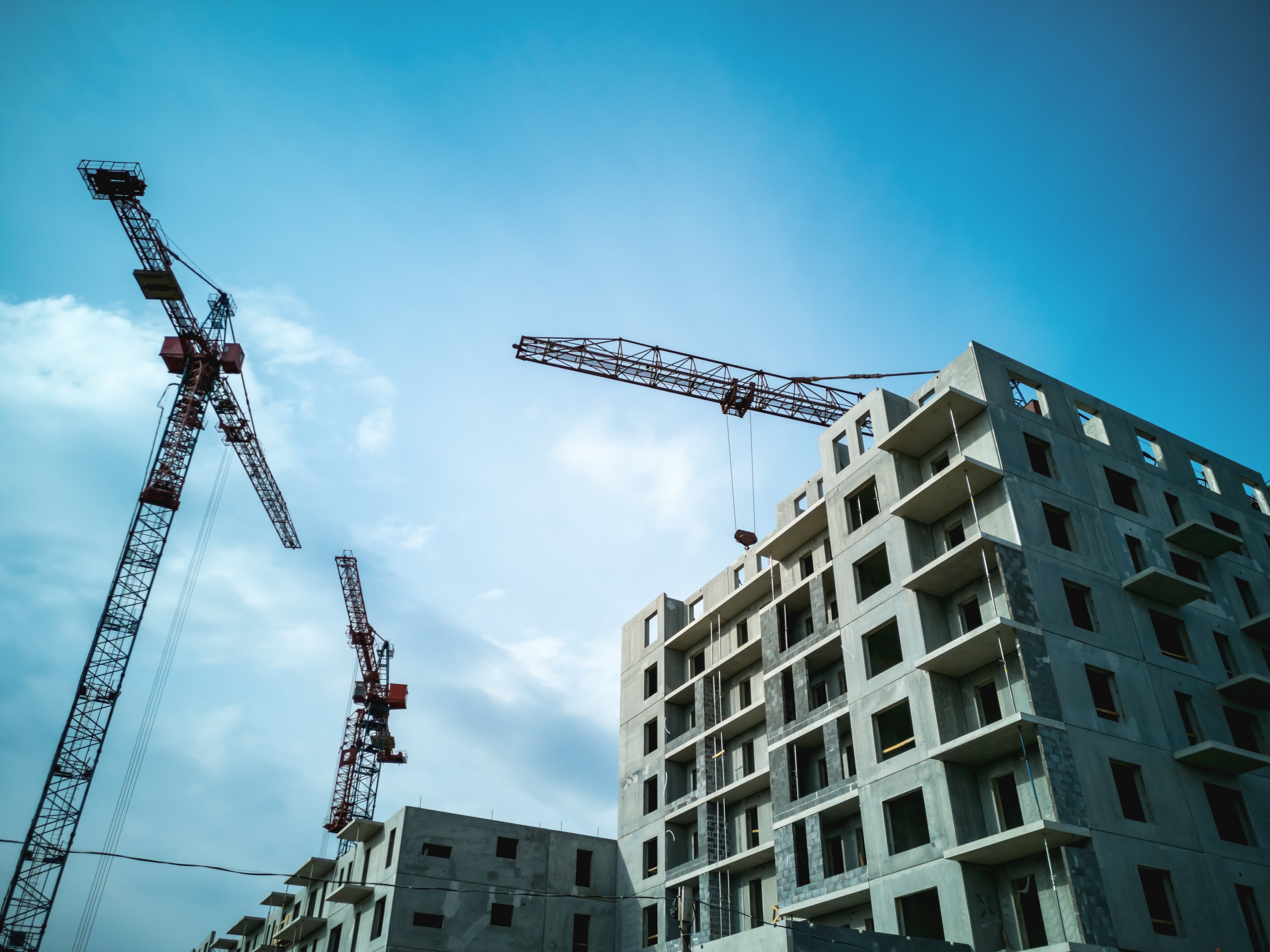The tragic event at Grenfell Tower in 2017 had a profound impact on the UK construction industry, resulting in the enactment of the Building Safety Act 2022 (BSA 22). This legislation specifically addresses the construction and ongoing management of high-rise buildings and other complex structures where people reside, termed higher-risk buildings (HRBs). In this article, we delve into what constitutes an HRB and how the industry needs to adapt to effectively manage information flow throughout various project stages. Jason White, Group Strategic Projects Director (Tech) at Assent, provides insights into these critical aspects.
Defining Higher-Risk Buildings (HRBs)
According to the BSA, an HRB is a building that is at least 18 meters in height or has a minimum of seven storeys, housing at least two residential units. This definition encompasses hospitals, care homes during design and construction, excluding the in-occupation phase, and self-contained student accommodations. A 'storey' is measured from the lowest adjacent ground level to the top floor surface, excluding rooftop machinery or plant rooms.
Key Dates for Secondary Legislation
Secondary legislation pertaining to the building control approval process for HRBs under the BSA 22 will come into effect on October 1, 2023. If you intend to construct a new HRB, convert an existing building into an HRB, or undertake alterations or extensions to an existing HRB, you must comply with the new building control regime from this date onwards. Compliance involves:
- Submitting a building control approval application directly to the Building Safety Regulator (BSR) and obtaining approval before commencing any work.
- Obtaining approval for significant changes during the proposed work and implementing robust change control management systems during construction.
- Constructing the approved design and providing evidence of compliance through a completion certificate application at the project's conclusion.
- Ensuring the work is completed to meet the functional requirements of building regulations.
The aim of this secondary legislation is to enhance resident safety within their homes by imposing rigorous controls on building regulation compliance and evidence.
Mandatory Registration of HRBs
All existing HRBs must be registered with the BSR by September 30, 2023. Similarly, any new HRBs completed after October 1, 2023, must be registered before legal occupation is permitted. Failing to register an HRB is considered an offense.
Transitional Arrangements
Despite the introduction of secondary legislation, projects can proceed under the existing framework if they meet specific transitional provisions. Two key criteria must be satisfied:
- Submitting an initial notice or a full plans introduction to the local authority before the new regime's commencement date.
- Sufficient progression of HRB work before April 6, 2024.
Projects meeting these criteria can continue under an Approved Inspector to completion without undergoing Gateways Two and Three. Projects failing to meet the transitional provisions will transfer to the BSR.
Understanding Gateways Two and Three
The BSA 22 incorporates 'gateways,' crucial hold points requiring BSR approval before commencing construction. Here's an overview of these gateways:
Gateway Two: At this pre-construction stage, applicants submit their building control approval application to the BSR. The BSR demands additional information via accompanying documents, demonstrating competence assessment of appointed individuals, approach to meeting functional requirements, assumptions regarding building management during occupation, construction management, and change control monitoring throughout the construction process. A confirmed schedule of inspections is established at Gateway Two, with on-site inspections and interventions conducted by multi-disciplinary teams from the BSR, acting as the building control authority.
Gateway Three: All projects, whether transitional or new, need to be registered with the BSR before occupation. Registration requires a completion certificate, marking the successful passage of Gateway Three. Occupying an HRB without this completion certificate is an offense.
For projects continuing under transitional arrangements, clients must prepare for the Golden Thread of information requirements and assess building safety risks before occupation. This crucial step ensures effective building safety risk management when residents move in.
The Golden Thread: The Principal Contractor holds responsibility for managing the building's Golden Thread of information during construction, while the Principal Designer fulfills this role during the design phase. This thread of evidence includes a change control log, agreed-upon documents, and a bank of evidence showcasing that the constructed building aligns with the approved design at Gateway Two. This ensures that the building's Accountable Person/Persons (AP) and principal AP have access to relevant safety information, particularly regarding fire safety strategies and specific management arrangements.
Competency Assessment: Among the requisite regulatory information for HRBs is a declaration of competence, affirming that the client is satisfied with the competence of the Principal Designer, Principal Contractor, and other appointed personnel to carry out their respective roles.
Source: https://industrialnews.co.uk/the-low-down-on-high-risk/
